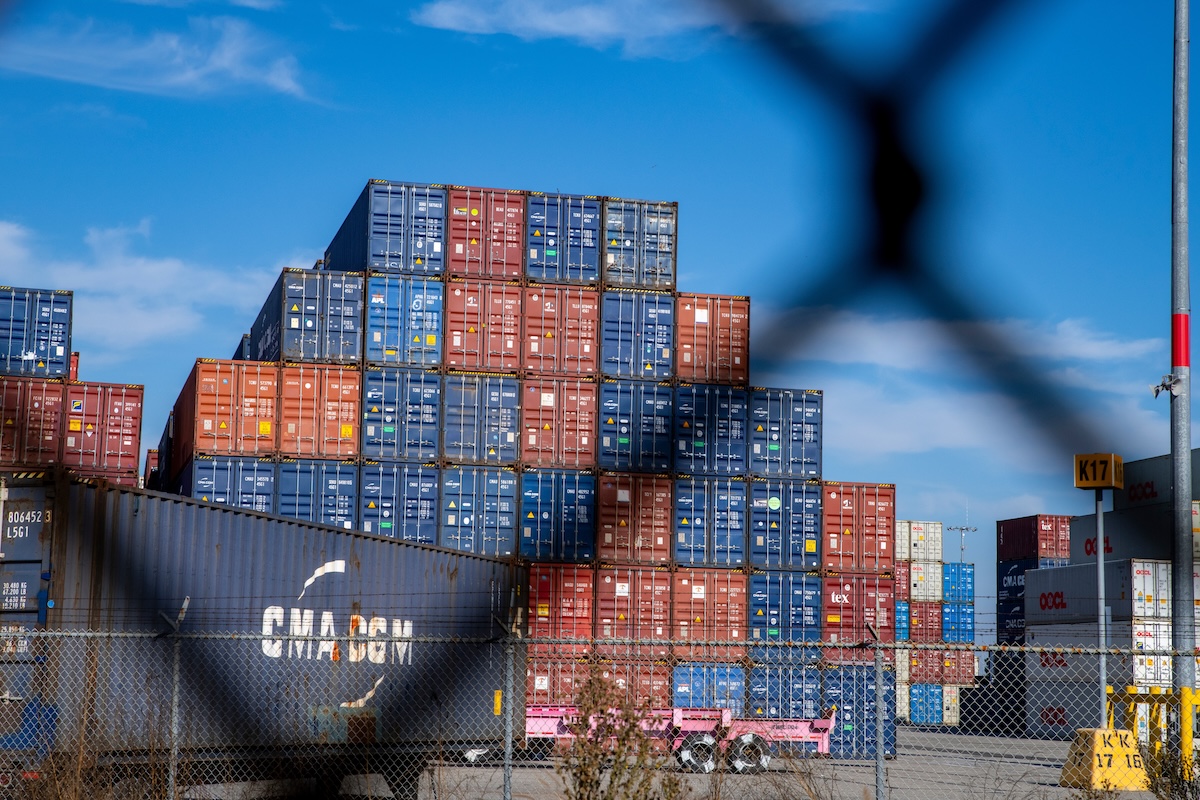
As the Trump administration shifts focus to its next budget bill and a fresh round of tax cuts, a top Citi economist is warning that the average American hasn’t yet felt the full impact of tariffs.
In an interview with Yahoo Finance’s Market Domination, Citi economist Veronica Clark said inflation is likely to climb this year, with the Fed’s preferred inflation gauge — core PCE — rising from 2.5% to 3%.
Clark noted that while most consumers can likely handle higher prices on their own, the real danger comes if tariffs set off a wave of job losses.
“If that happens, then this does look like a really vulnerable consumer,” she said. “Savings rates are low, delinquencies are pretty high, [and] student loan repayments are starting soon.”
Seasonal patterns don’t help, either. “The start of summer is when unemployment tends to rise,” Clark added, and with consumer spending driving nearly 70% of U.S. GDP, even a modest slowdown could rattle the economy.
If inflation rises while growth cools, the Fed could find itself stuck. “For the very near term, I think we’re all a little frozen” on interest rates, Clark said.
Price hikes are on the way
Investors Observer reported this week that Walmart is preparing to raise prices in response to higher tariffs, with other major retailers expected to follow. But the cost increases aren’t stopping at the checkout counter.
According to the latest Allianz Trade Global Survey, more than half of U.S. companies (54%) say they plan to raise prices to offset costs, while just 22% believe they can absorb them.
The survey included feedback from 4,500 companies in nine countries, including the U.S., U.K., and China.
As for jobs, Georgetown University economist Michael Strain says the labor market could take a direct hit if tariffs stay in place.
“If the president does not reverse course, he will increase the unemployment rate to recessionary levels,” Strain warned in April, after Trump’s “Liberation Day” tariffs were announced.
While the U.S. has since paused some trade hostilities with China, the tariff rate remains far above pre-Trump levels.
Goldman Sachs analysts estimate that even after reductions, tariffs on Chinese imports will likely settle around 50%, five times higher than the average before Trump took office.
And it remains unclear whether the economy — or the American consumer — is ready to absorb these costs.
Your email address will not be published. Required fields are markedmarked